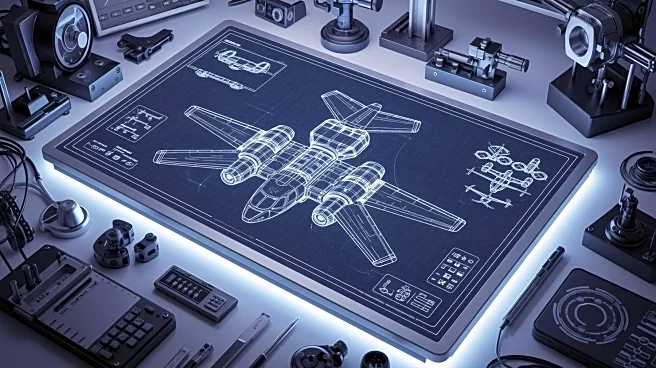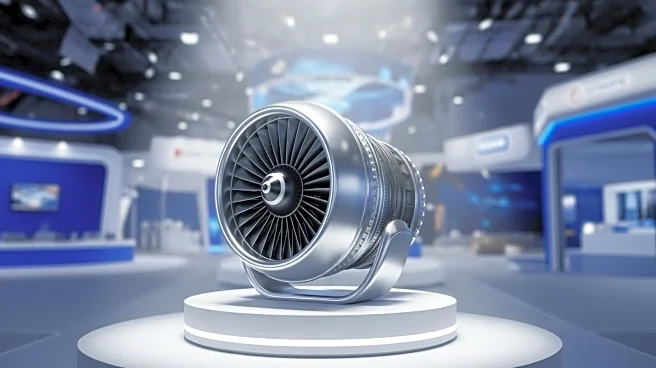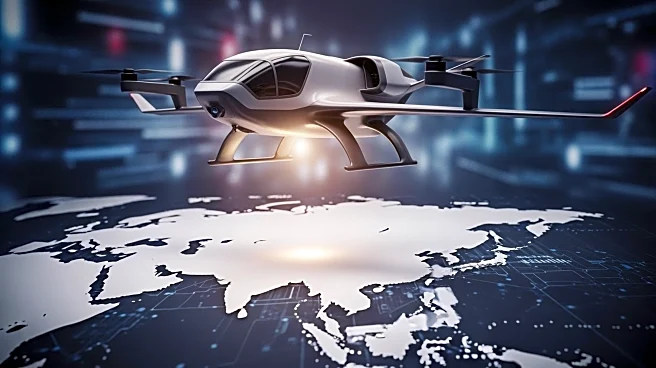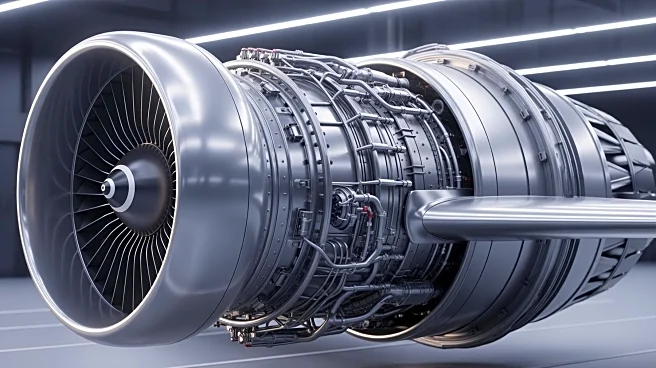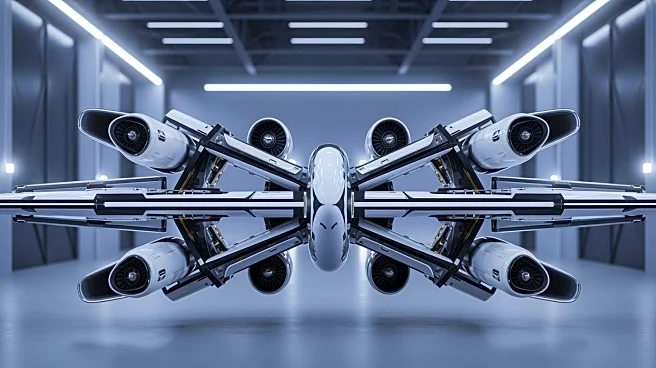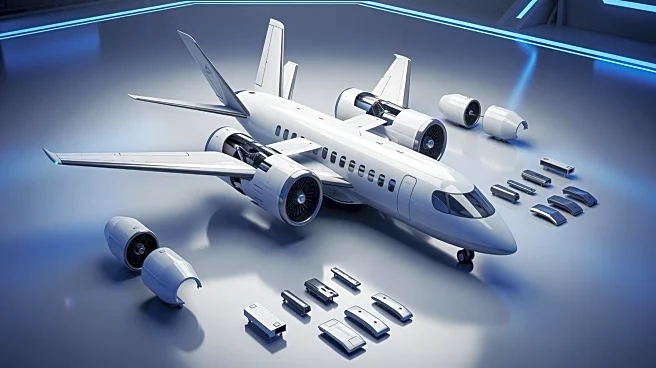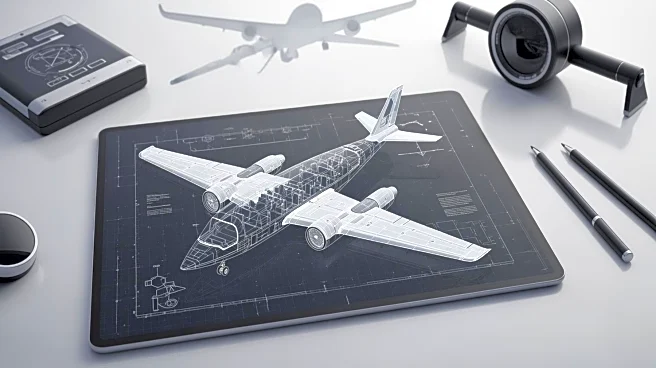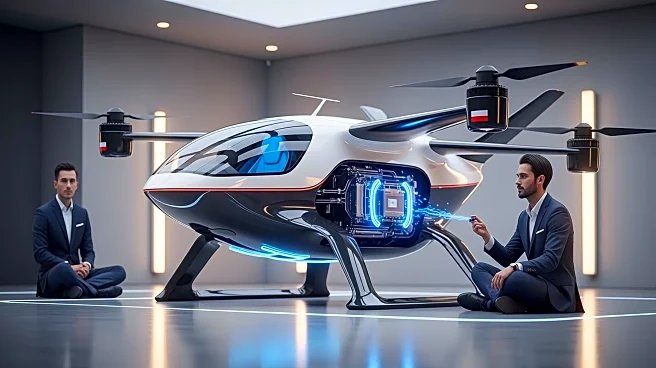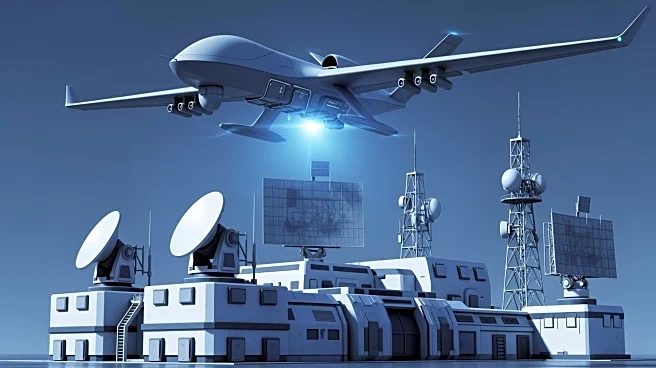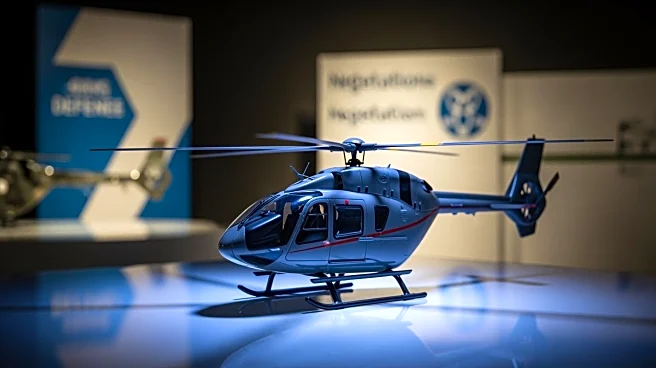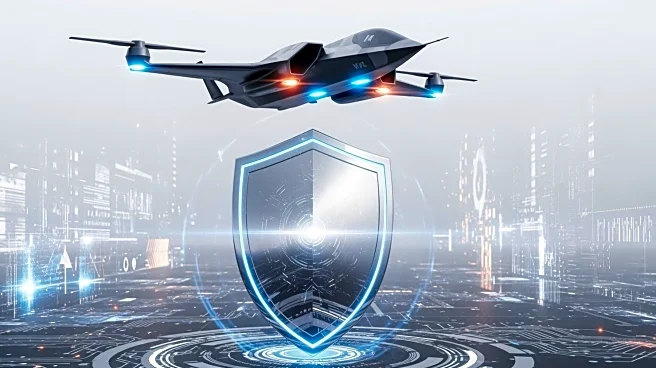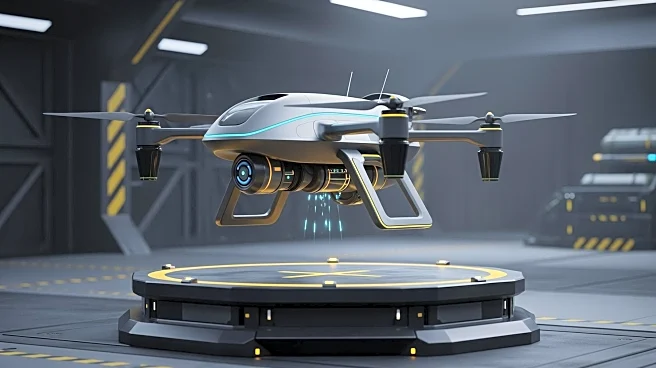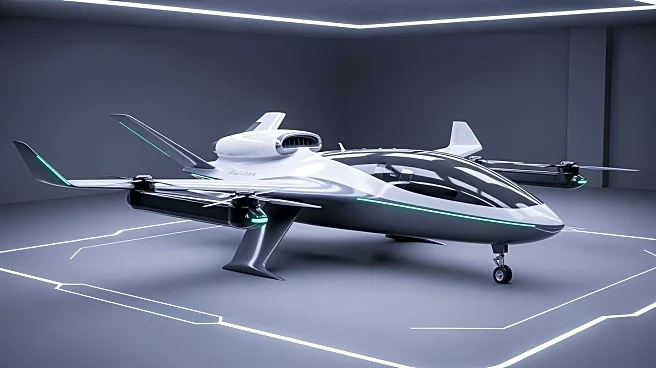What's Happening?
General Atomics Aeronautical Systems, Inc. (GA-ASI) has been awarded a contract by the U.S. Navy to develop conceptual designs for Collaborative Combat Aircraft (CCA). These aircraft are intended to support future carrier-based air wing operations. GA-ASI will
employ a modular approach to platform selection, allowing each aircraft to be rapidly reconfigured and upgraded for evolving mission requirements. The CCAs are semi-autonomous jet fighters designed to complement traditional human-piloted combat aircraft, enhancing capabilities and operational flexibility. The Navy's acquisition strategy emphasizes smaller, more frequent purchases to allow rapid technology insertion. GA-ASI's experience with unmanned aircraft, including the XQ-67A and MQ-20 Avenger, positions it as a leader in this field.
Why It's Important?
The development of Collaborative Combat Aircraft represents a significant shift in military aviation strategy, focusing on cost efficiency and operational flexibility. By integrating semi-autonomous aircraft into carrier-based operations, the U.S. Navy aims to enhance its air wing's lethality and reduce risks to human pilots. This approach allows for rapid adaptation to changing mission requirements and technological advancements. The contract with GA-ASI underscores the Navy's commitment to leveraging unmanned systems to complement existing and future aircraft platforms, potentially reshaping air combat dynamics and strategic military capabilities.
What's Next?
GA-ASI's contract with the U.S. Navy is expected to lead to the development and testing of these modular aircraft designs. The company will likely continue to refine its technology and collaborate with the Navy to ensure seamless integration with existing systems. As the Navy moves forward with its acquisition strategy, further contracts and partnerships may be established to expand the capabilities of Collaborative Combat Aircraft. The success of this initiative could influence future military procurement strategies and the role of unmanned systems in defense operations.
Beyond the Headlines
The introduction of Collaborative Combat Aircraft could have broader implications for military ethics and the role of artificial intelligence in warfare. As semi-autonomous systems become more prevalent, discussions around the ethical use of AI in combat and the potential for reduced human oversight may arise. Additionally, the shift towards modular and rapidly reconfigurable aircraft could influence global military strategies and the development of similar technologies by other nations.
